There’s a curious charm about things that grow in the dark. Millet mushroom bags, humble in appearance, carry that very mystery. They are small worlds of grain and mycelium, stitched together by time and patience. Each bag, filled with golden millet, becomes a cradle where life wakes slowly, stretching in pale threads across a field of seeds.
Millet, unlike its showier cousins like rice or corn, holds a secret strength. Its tiny size offers more points of contact for mycelium to cling to. And that, dear reader, makes all the difference. Inside those sealed bags, under the quiet breath of warmth and stillness, the dance of colonization begins. The mycelium spreads, not in a hurry, but with purpose, filling every crevice of its grainy home until it claims the whole bag as its own.
These bags are the unsung heroes of mushroom cultivation. They are where the story begins before the first flush of fruit, before the delicate caps rise from the soil or substrate. The millet mushroom bag is where dreams of harvest are born.
How Millet Fuels the Growth of Mushrooms
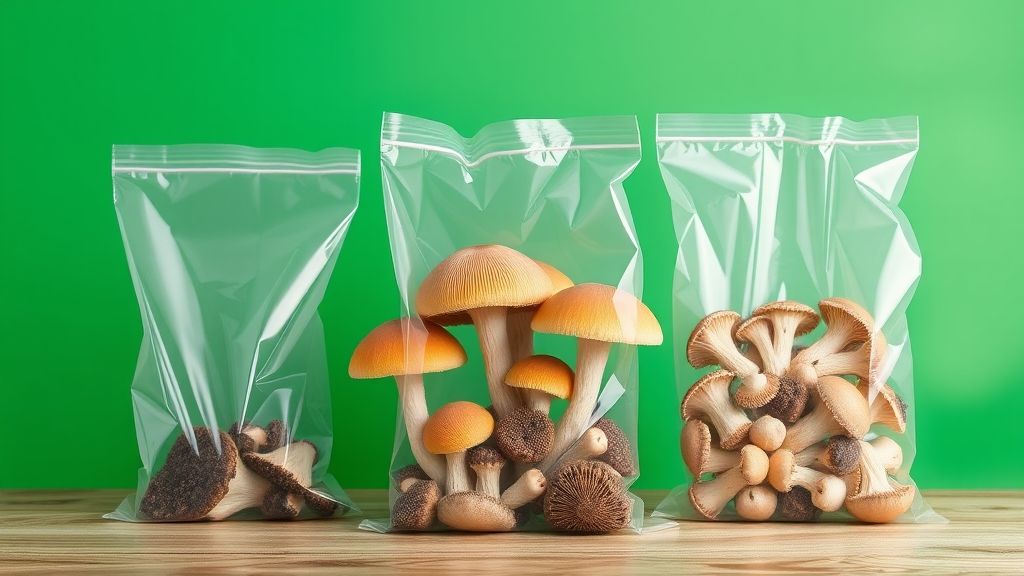
Millet mushroom bags are not simply containers. They are the heart of a symphony between nature and intention. Millet provides the ideal nourishment for mushroom mycelium. Each grain acts like a small nutrient capsule, holding just enough starch and protein to keep the mycelium fed and strong.
What makes millet so prized among growers is its texture and resilience. The grains don’t clump together easily; they breathe. Air moves gently through the spaces between, giving the mycelium a perfect balance of moisture and oxygen. Too much of either, and the delicate web could drown or dry. Millet keeps the balance, like a wise old caretaker of the fungal realm.
When a grower shakes the bag to redistribute the mycelium, millet’s size ensures even coverage. This makes colonization faster and more uniform. A well-colonized millet mushroom bag looks alive a white, clouded mass, humming quietly with potential.
The Role of Millet Mushroom Bags in Cultivation
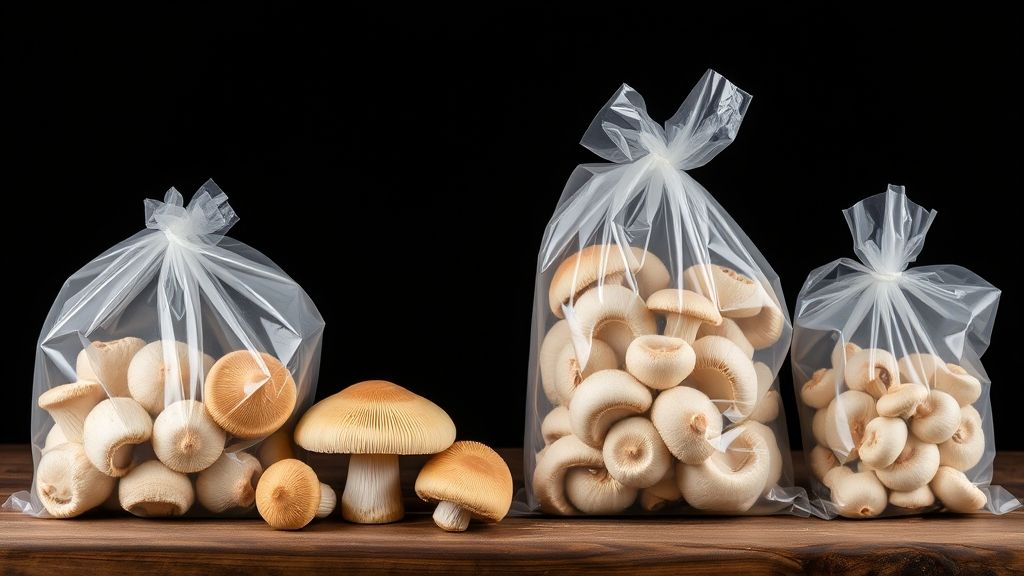
In mushroom cultivation, millet mushroom bags serve as the foundation of expansion. Once the mycelium fully takes over the millet, the bag becomes what cultivators call “spawn.” This spawn can then be introduced to bulk substrates sawdust, straw, or coco coir where it spreads again, bringing new life wherever it touches.
Think of it as a traveler carrying stories from one land to another. The millet spawn carries the mycelium’s strength and spirit to the substrate, where it awakens the next chapter of growth.
Using millet mushroom bags saves time and reduces the chance of contamination. The bags are usually sterilized before use, ensuring that only the intended fungus thrives within. The sealed environment allows the grower to control every aspect temperature, humidity, air exchange so that the invisible labor inside proceeds undisturbed.
In the right hands, a millet mushroom bag becomes an instrument of abundance.
Why Millet Outshines Other Grains
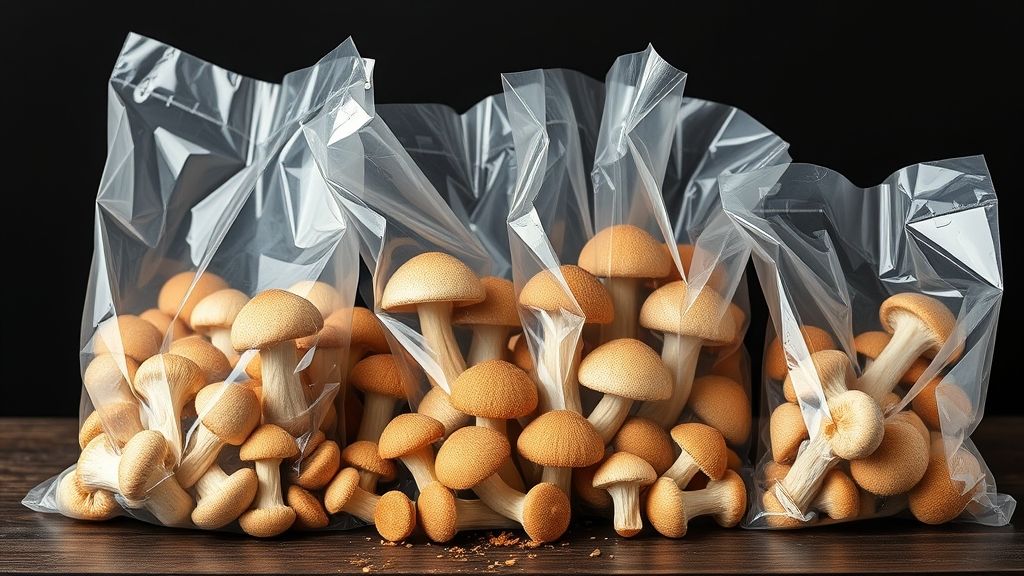
When you speak with seasoned cultivators, they’ll often sing the praises of millet over other grains. Rye and wheat are common, yes, but millet carries a certain grace. It colonizes quickly and rarely succumbs to bacterial invasion. Its small size ensures a higher surface area, allowing the mycelium to leap from grain to grain like a spark moving through dry grass.
And there’s another virtue millet is clean. It breaks apart easily when mixed with a substrate, spreading evenly and giving the mushrooms a head start. For anyone serious about consistent yields, millet mushroom bags are worth their weight in patience.
Even the cost of millet tends to be kind to the cultivator’s pocket, making it both practical and efficient. It’s as though nature herself designed millet with the mushroom grower in mind.
Caring for Your Millet Mushroom Bags
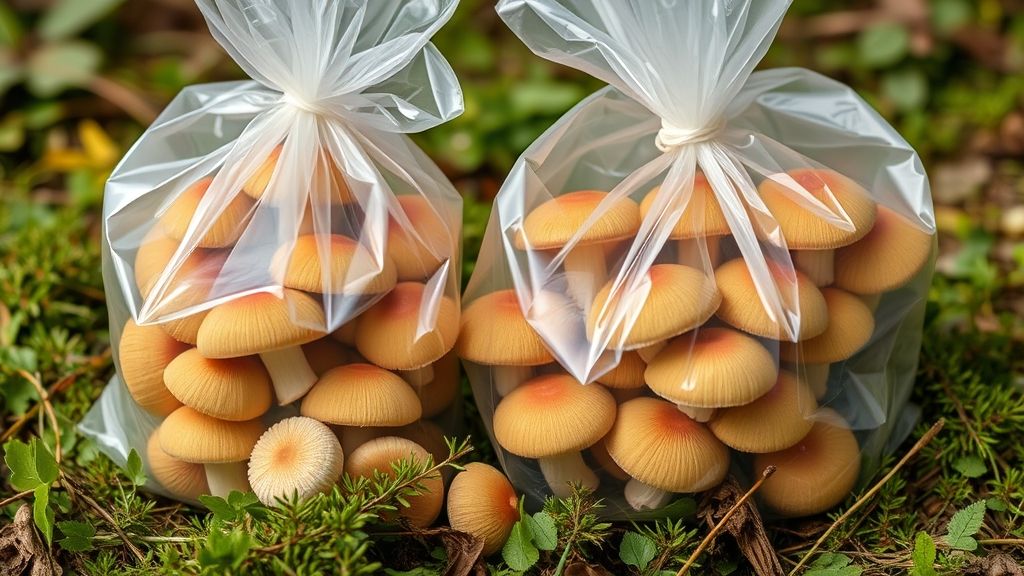
Once the millet mushroom bags are prepared and inoculated, their world becomes one of quiet waiting. The right temperature keeps the mycelium comfortable; too cold and it sleeps, too hot and it weakens. The air around should be still but not stagnant, moist but not dripping.
Growers often say that watching a millet bag colonize is a lesson in humility. You cannot rush the mycelium. It follows a rhythm of its own steady, invisible, ancient. Every day brings a subtle change: a new patch of white, a thicker cluster, a denser network. It’s a patient process, but patience is the price of beauty in this craft.
When the bag is fully colonized, it becomes a living thing, ready to give itself to the substrate. The transfer must be done with clean hands and careful breath. Contamination lurks everywhere unseen spores, dust, or even a careless touch. But when done right, the results are almost poetic: rows of mushrooms, tall and proud, their caps catching the light like porcelain bells.
The Sustainable Side of Millet Mushroom Bags
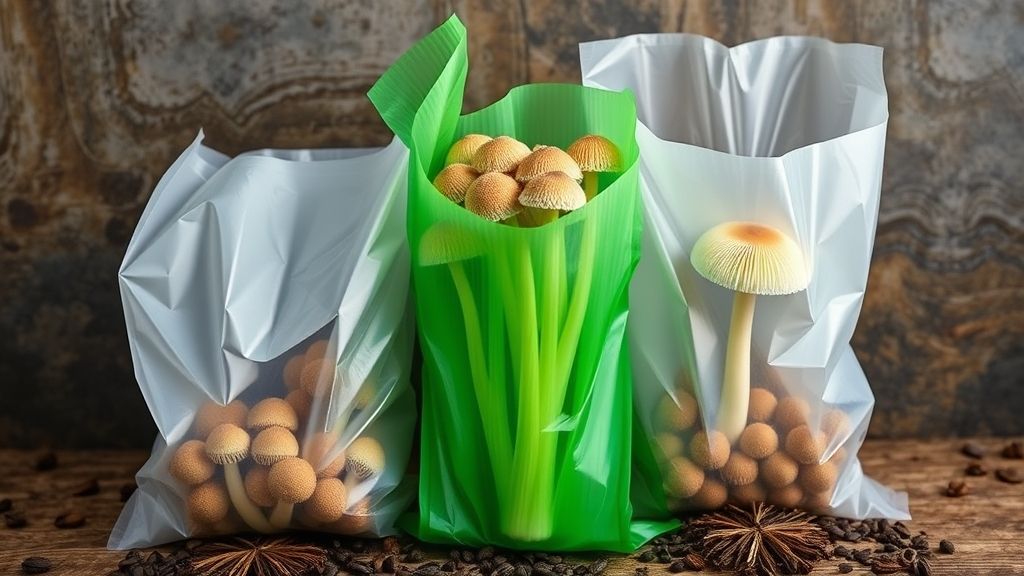
Beyond their practicality, millet mushroom bags carry a whisper of sustainability. Millet grows well in dry, less fertile soil, requiring little water compared to other grains. Farmers in arid lands rely on it as a resilient crop, one that doesn’t demand much but gives generously.
For the environment, this means less strain less irrigation, fewer chemical inputs, and a smaller carbon footprint. In a world increasingly mindful of its resources, millet stands as a humble reminder that abundance need not come from excess.
When used in mushroom cultivation, millet extends that philosophy. Every grain becomes a seed of life, turning simple bags into miniature ecosystems. Nothing wasted, everything connected.
The Quiet Magic of Millet Mushroom Bags
In the end, millet mushroom bags are more than tools they are small miracles of cooperation between man and nature. They hold the essence of patience and reward, the promise of growth born from stillness.
Each bag, sealed and silent, hides within it a secret conversation between grain and fungus. The millet gives; the mycelium takes and transforms. And out of that quiet exchange come mushrooms tender, rich, and full of life.
There’s something deeply human in that cycle. We prepare, we wait, we trust the unseen to do its work. Millet mushroom bags remind us that growth often happens where eyes cannot see, that creation needs both nurture and restraint.
And when the mushrooms finally bloom, they carry not just the flavor of earth and rain, but the story of every patient hour that led them there.
So if you ever find yourself holding one of these simple bags, remember: inside lies not just millet, but a lesson in quiet persistence a reminder that even in darkness, life finds its way to the light.